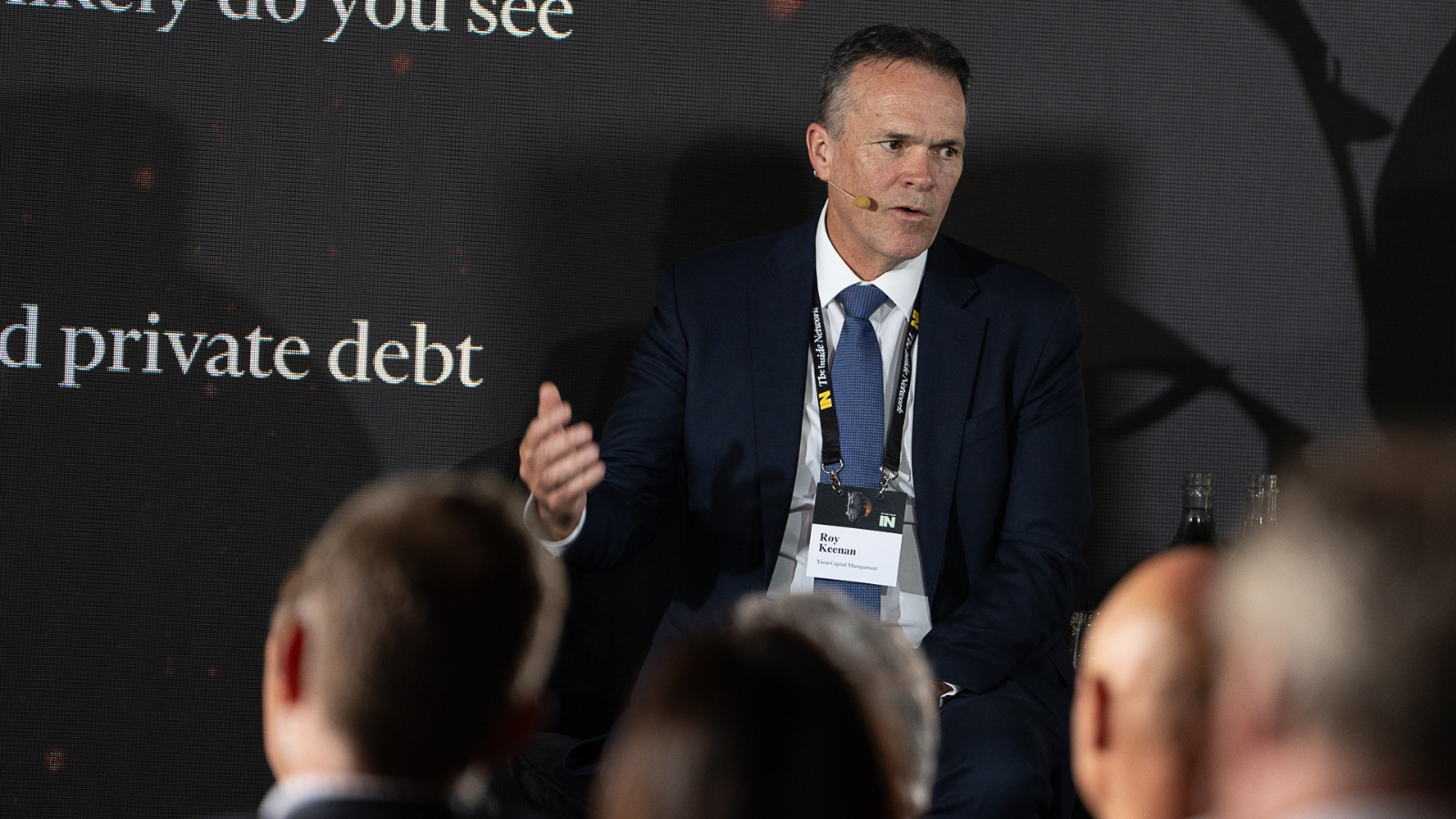Rethinking fixed income after the year from hell
With both equity and traditional fixed-income investments having exhibited significantly more volatility than most expected, and unfortunately at the same time, understanding and redefining what constitutes a defensive asset is central to managing portfolios in the “new normal” of higher inflation and interest rates.
The fixed-income sector is regularly assumed to be quite straightforward and simple, yet the reality is the ‘debt’ side of the capital structure of most companies is more complex than the equity equation. Debt has and will remain the biggest source of funding for the majority of companies, both public and private, so understanding the capital stack and opportunities within may well be central to delivering returns to clients in the unique environment we are experiencing.
The diversity of the capital stack includes everything from secured and unsecured loans, to mezzanine and subordinated debt, each with its own unique characteristics and importantly, preferred operating environment. One of the more popular sectors in recent years is senior secured loans, issued by global corporates, of which global asset manager Invesco is a major player, managing some $60 billion in the asset class, including $9 billion in its flagship pooled fund.
Senior secured loans (SSLs) are quite simple: they are a primary source of funding for companies, that form the ‘safest part’ of the company’s capital structure, because they are secured by the assets of the company borrowing money. They are senior to all other forms of debt and equity, meaning holders of these assets will be repaid first in the event of default.
According to Invesco, there are five key characteristics of this sub-sector of the market, namely SSLs’ comparably high income, floating-rate interest payments, underlying liquidity, seniority ranking, and of course, their diversification benefits.
In terms of income, Invesco estimates that the senior secured loans sector, which is a US$1.8 trillion market, continues to offer a 3 to 5 per cent premium over the prevailing cash rate, in line with historical trends. Spreads have moved significantly in May, with debt markets joining equity markets in the selloff, representing a key risk of the strategy in the short-term; movements in credit spreads on negative sentiment.
Being floating-rate instruments, senior secured loans carry “near-zero duration risk” as the interest repayments are at a fixed spread above the market rate, such as the bank bill swap rate or LIBOR, meaning the yields will increase along with rate rises. For instance, the current yield on Invesco’s portfolios is 5.45 per cent, with a 7.37 per cent yield to maturity.
Those raising capital in the SSL market come from every sector of the economy, including electronics, energy, publishing and telecommunications, with Invesco highlighting the benefit of the monthly income being delivered by this sector. Compared to convertibles and hybrids, senior secured loans are seen as less complex, but carry superior levels of liquidity.
Where do they fit in portfolios? “Senior secured loans offer a unique combination of appealing characteristics and can be used to either complement fixed-income assets within a diversified portfolio or as a core part of an income-focused portfolio,” according to Invesco.










